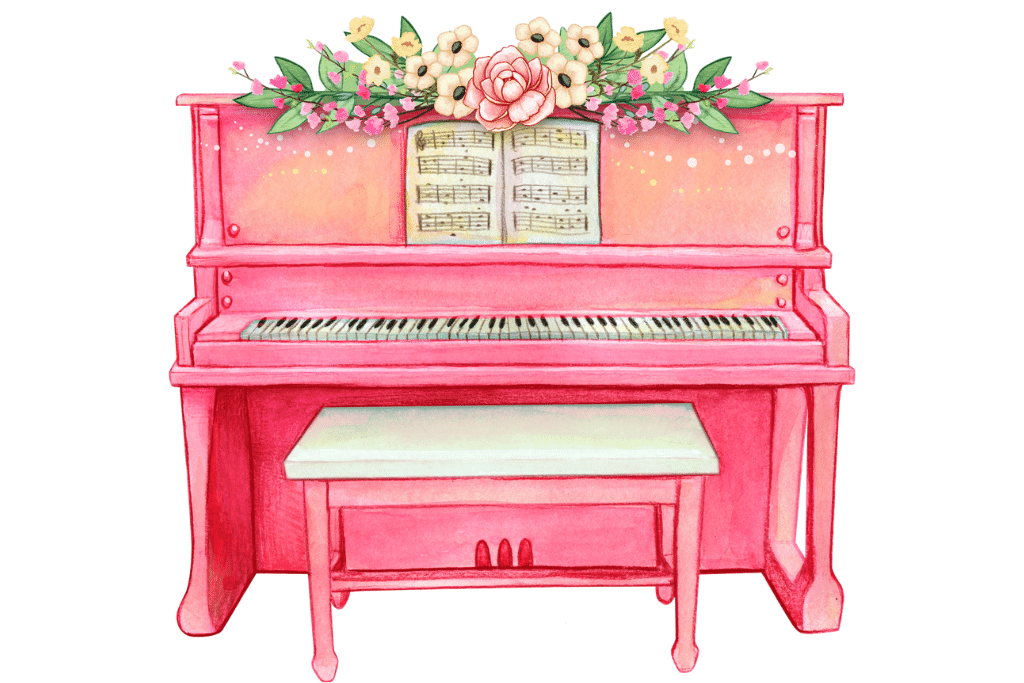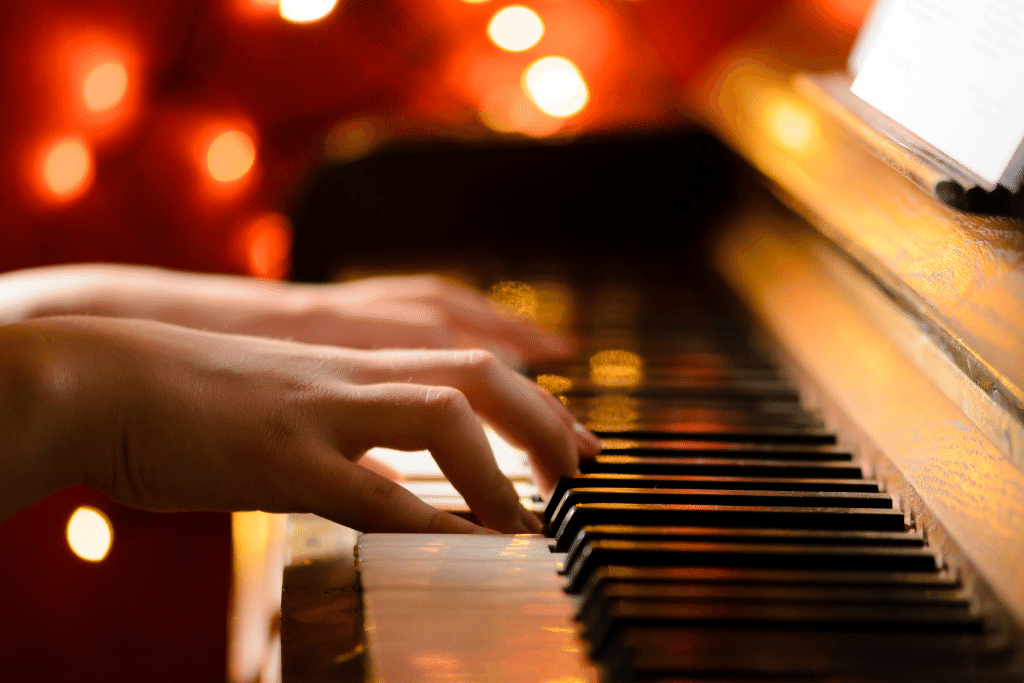Almost every piano player is familiar with the piece “The Moment Musical” by Alexander Rachmaninoff. It’s one of his most popular pieces and a great way to practice your technique. Although it is a difficult piece to play, it will become easier as you practice.
Preface
Whether you are looking for a good piece to play for fun or want to learn a few new pieces, Rachmaninoff’s Piano Moment is a good choice. It is one of the most simple Rachmaninoff pieces, but still requires a strong hand and good finger coordination.
Rachmaninoff wrote this piece in 1896 when he was at his creative peak. It is one of the best-known works of Rachmaninoff. Throughout his career, Rachmaninoff was known for his technical prowess. He has written music that ranges from reflective moods to rolling thunder. His themes are diverse and he has never been without a good tune.

Rachmaninoff’s piano music includes the Prelude and Six moments musicaux. He wrote these works between October and December 1896. The first prelude has a plain melody initiated by strings and clarinet. The second prelude is more intricate and requires a strong hand.
The third prelude is less formally played, but it is more technically challenging. The first part uses F chords as a springboard for a C minor chord. The third part combines the theme with both hands to form a more complex arrangement.
Pieces for solo piano
During the first fifteen years of the 20th century, Rachmaninoff produced a number of solo piano pieces. The pieces are highly technical and virtuoso, but also accessible. The composer’s personal tastes and musical style are evident in his music.
The Prelude in C sharp minor is one of Rachmaninoff’s most popular works. It was written before the composer graduated from the St Petersburg Conservatoire. It is considered very challenging work. It was first performed in 1901 by Rachmaninoff and Alexander Siloti. It has also been recorded by Decca and ABC Classics.

Rachmaninoff’s second piano concerto is a powerful piece. It is considered one of the most difficult pieces in the piano repertoire. The piece is divided into three parts. The first part has a large arpeggio pattern and is very difficult. The second part is more intimate. The third part has a more declamatory rhythm. The piece requires strength and good hand position.
Rachmaninoff’s second piano concerto is dedicated to Nikolai Dahl. Nikolai Dahl was a good amateur pianist. The piece is arranged for a variety of instruments.
Sheet music
Whether you’re a novice pianist or a piano music buff, Rachmaninoff’s Moments Musicaux is a must-have. This collection of six classical pieces is a delight to the ears. Among them is the only piece with pedal markings, the Double Concerto. You’ll definitely want to brush up on your virtuoso acrobatics as well as your syllables.

Several other pieces are worth your time and money. Some of the lesser-known numbers include the aforementioned Double Concerto, the aforementioned piano-centric opus, and the short-lived Concerto a la suite. Rachmaninoff is a man of few words, but he’s a man of few aces when it comes to composition. There are a few pieces that can be grouped into three classes, the Edison halo, the aforementioned opus, and the aforementioned halo. In addition, you’ll find a handful of pieces that are more of the caliber of the former. You’ll be hard-pressed to find one that isn’t a masterpiece. In fact, you might be surprised to find out that Rachmaninoff composed one piece in the late 19th century.
Performance
Often regarded as the greatest composer of the romantic period, Sergei Vasilievich Rachmaninoff was born in Russia. He was the fourth of six children. He was a talented composer who had a long and brilliant career as a pianist. Rachmaninoff is best known for his Preludes, which are known for their virtuosic technical prowess. His Symphonic Dances and Elegies are also among his best works.

Rachmaninoff was a composer who loved family life. He would often spend the summers with his cousin Natalia and her family at the Satine estate near Moscow. Natalia would later become Rachmaninoff’s wife.
Rachmaninoff was regarded as a great pianist and composer, but he was discouraged by the failure of his first symphony. He began to experience anxiety and depression around the turn of the century. These emotions turned into physical pain and psychosomatic issues. He started to have thoughts of death. He eventually died from lung cancer on March 28, 1943.

